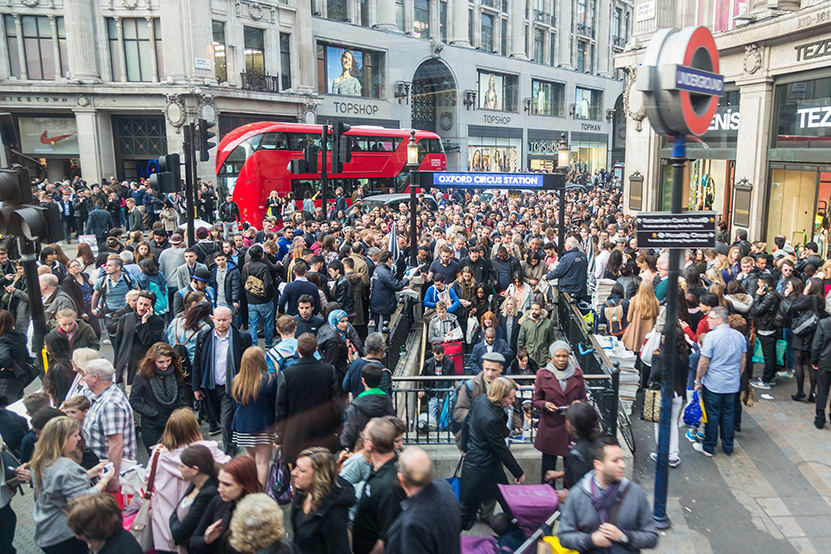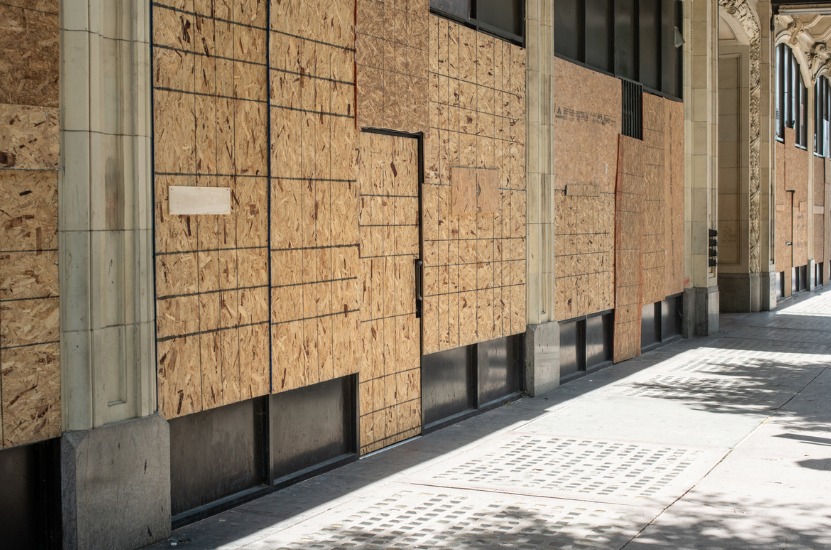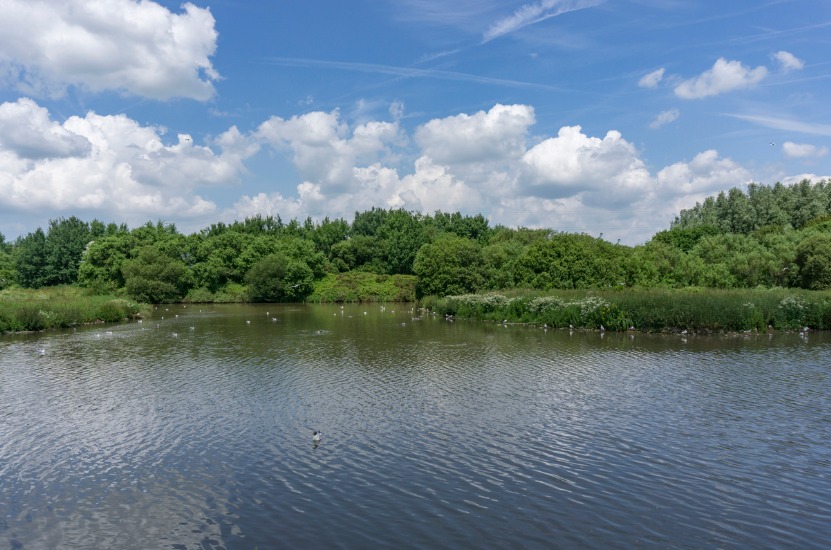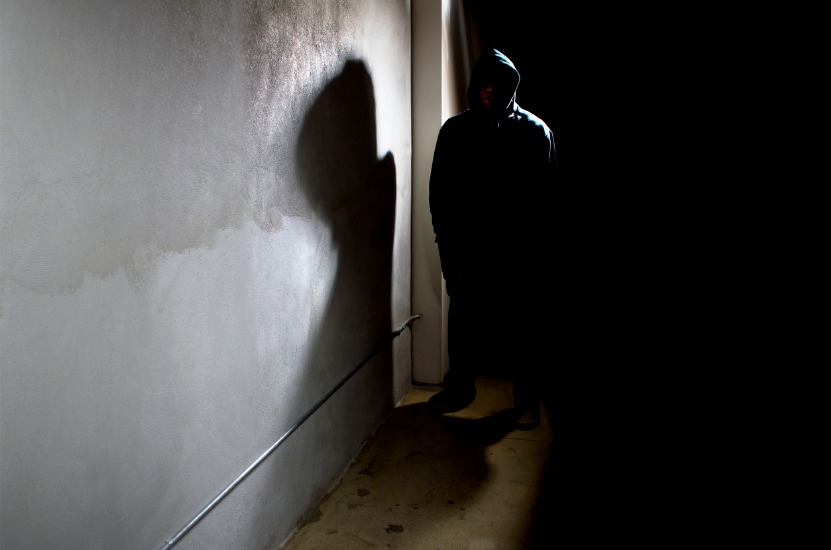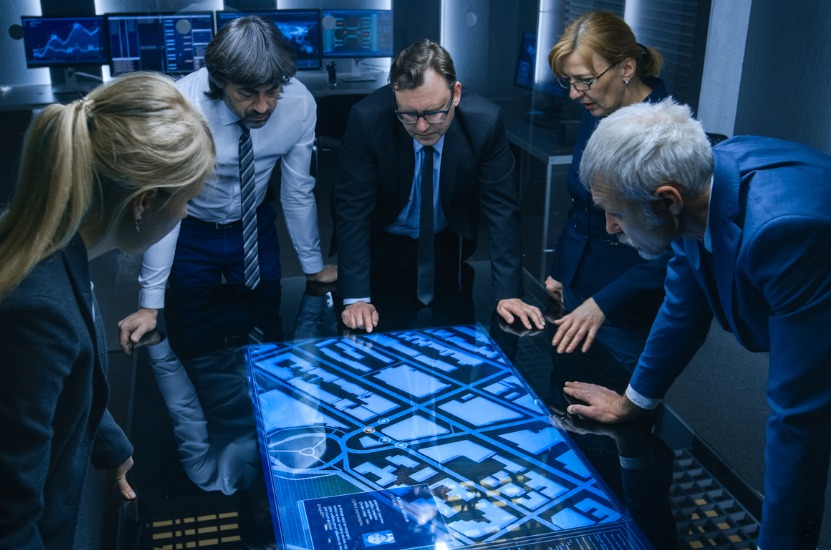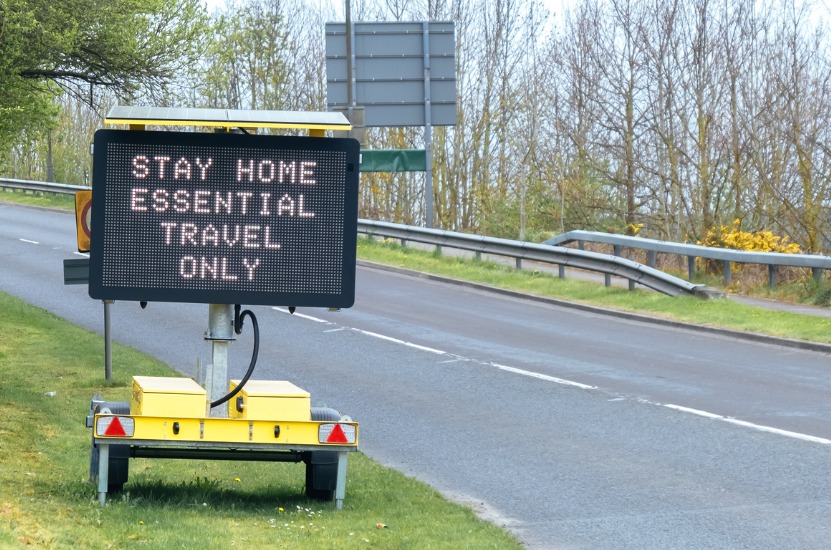Probably one of the most common mistakes when carrying out surveillance is the risk of over-exposure, as operatives can often underestimate the likelihood of blowing the whole operation, over a few possible gains.
So, how can we provide the optimum surveillance operation, gathering the necessary evidence within a reasonable time frame, (we all know how costly surveillance operations can be), without risking having our cover blown?
Teamwork
Although apparently more expensive, having multiple operatives is the most effective way to guarantee your surveillance operation runs smoothly.
With more people following, the eyeball can hand off to another team member before becoming detected, for example when the target enters a building, supermarket or between shops. This avoids having to get too close to the target and risk being discovered. After all, the longer the same person, or vehicle is behind the target, the more likely you are to attract their suspicion, especially if they are employing counter-surveillance techniques.
The more of you working together, the easier it is to follow the golden rule of surveillance: to follow the target without detection, and without losing contact of him/her. It’s important to have a team leader making decisions, although the eyeball (the one nearest the target at that time) will dictate where the other team members are and where the target’s next move will probably lead them. All of this is especially true when following in a vehicle.
On 4 wheels
Most of your surveillance time will be spent in your vehicle, which is why this should also blend in as much as possible. A white car or any bright colours should be avoided, as should one with blacked-out windows.
The car should look lived-in: just like most surveillance behaviour, as normal as possible. Having two or more vehicles, which can include motorbikes, makes it a lot easier to avoid detection or losing the target in heavy traffic, or on congested city streets. When the target turns into a car park, or final destination, the eyeball can continue driving and radio the driver behind to continue following.
Top 5 rules
Here are some useful rules of thumb to follow in most surveillance jobs:
- Avoid eye contact
- Have a cover story ready
- Act naturally and confidently in any situation
- Clothing to blend in with your surroundings (casual clothes in a supermarket, etc.). Make sure you wear more than one layer, dress for the season and don’t forget hats and glasses
- Be aware of your surroundings: third parties, multiple exits and hand-over points to other operatives

